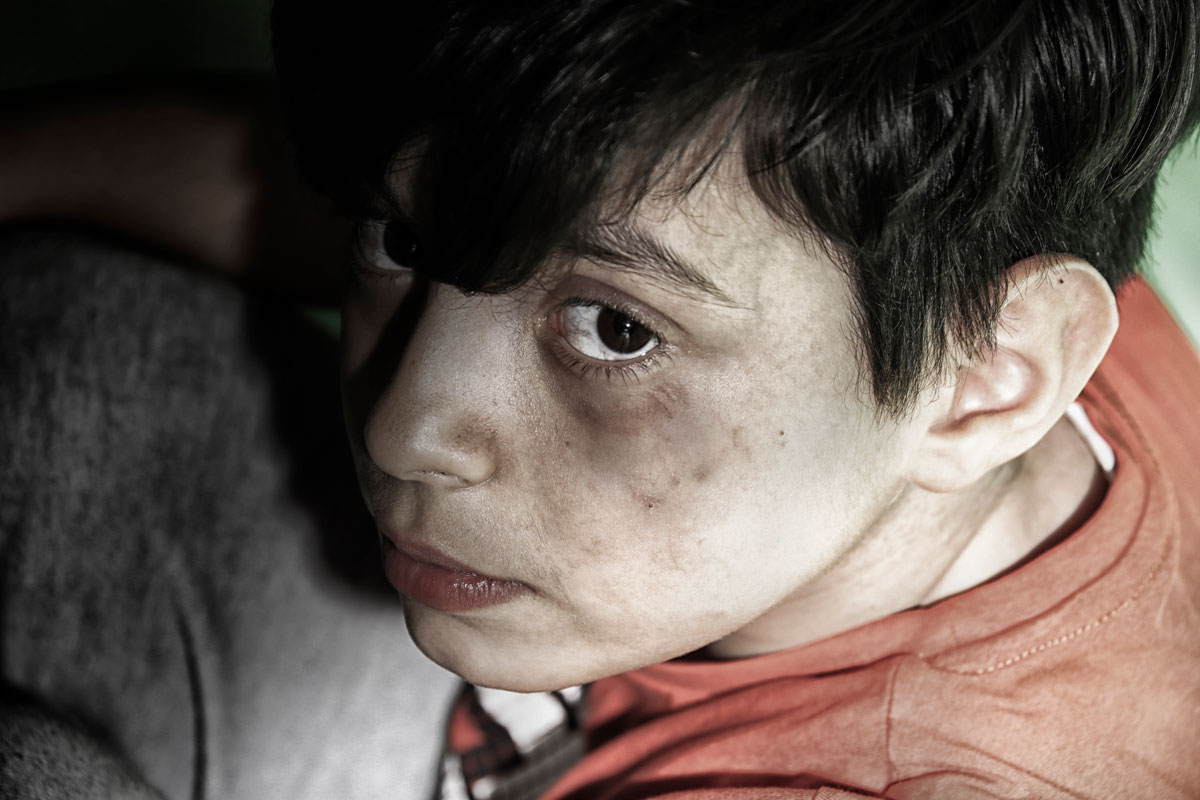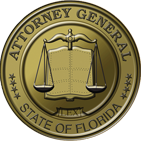1. Human trafficking is a crime.
In Florida, the specific law about human trafficking can be found in Florida Statute §787.06 which states that human trafficking occurs when any person:
- knowingly, or in reckless disregard of the facts, engages in, attempts to engage in, or benefits financially from subjecting a person to human trafficking using coercion for labor services or sexual commercial activity. If the trafficked person is under 18, coercion doesn’t have to be shown.
- Human trafficking is defined as “transporting, soliciting, recruiting, harboring, providing, enticing, maintaining, or obtaining another person for the purpose of exploitation of that person.” However, a person does not have to be physically transported for the crime of trafficking to occur.
- Every trafficking crime in Florida is a felony.
Source: Department of State. (2017). Trafficking in Persons Report. Read More
2. Human trafficking affects a staggering number of people globally as well as domestically in the United States.
- The International Labour Organization estimates that there are about 20.9 million victims of human trafficking globally.
- 26% of them are children.
- 55% are women and girls.
- In Florida in 2017, the national Human Trafficking Hotline received 878 calls and 329 cases reported. Since 2007, the hotline has received 9,372 calls and 2,662 cases from the state of Florida.
- Nationally, during the fiscal year of 2016, the Human Trafficking Hotline received 51,167 calls from across the United States and U.S. territories.
Source: Polaris. (2016). The Facts. Read More
Source: Human Trafficking Hotline. (2017). Florida Statistics. Read More
3. Anyone can be trafficked but specific populations are more vulnerable to human trafficking.
- In 2016, the top 5 risk factors present in cases of human trafficking included victims who were:
- Runaway or homeless youth (These victims were especially vulnerable to sex trafficking);
- Unable to find stable housing (These victims were both vulnerable to labor and sex trafficking);
- New to the United States having recently migrated or relocated (These victims were vulnerable for both sex and labor trafficking);
- Addicted to substances (These victims were especially vulnerable to sex trafficking); and
- Experiencing mental health concerns (These victims were especially vulnerable to sex trafficking).
Source: Polaris. (2016). The Facts. Read More
4. Human Trafficking exists because it produces large illegal profits.
- Human trafficking produces $150 billion a year for traffickers.
- The International Labour Organization reported in 2014 the following breakdown of profits by sector:
- Sex Trafficking: $99 billion from commercial sexual exploitation.
- Labor Trafficking: $51 billion in construction, manufacturing, mining and utilities, agriculture, including forestry and fishing. Additionally, money is saved annually by private households that employ domestic workers under conditions of forced labor.
Source: Human Rights First. (2017). Human Trafficking by the Numbers. Read More
5. Victims experience significant physical and mental health effects.
- Victims of human trafficking are at risk for significant health issues including symptoms of:
- Lacerations, broken bones, and bruises from being beaten by traffickers;
- Malnutrition from being starved;
- Fatigue/exhaustion from being overworked and not given proper food or rest;
- Sexually transmitted infections from forced unprotected sex;
- Chronic stress from being moved around frequently, forced into isolation, and fear of being punished;
- Depression and anxiety caused by the uncertainty of ever being freed from human trafficking;
- Self-harm due to emotional distress;
- Memory loss and dissociation caused from injury or developed as a defense mechanism to cope with the victimization; and
- Suicidal ideation and feeling overwhelmed from the trauma of victimization.
Source: Ecclestone, D. (2013). Identifying victims of human trafficking. The Journal of the Health Visitors’ Association, 86(5), 40-42.
Source: Shandro, J., Chisolm-Straker, M., Duber, H. C., Findlay, S. L., Munoz, J., Schmitz, G., & … Wingkun, N. (2016). Human trafficking: A guide to identification and approach for the emergency physician. Annals of Emergency Medicine, 68(4), 501-508.
6. Several prominent organizations play an active role in combatting human trafficking.
- The Florida Department of Children and Families receives reports on children and vulnerable adults…
- The Florida Department of Children and Families receives reports of human trafficking on children and vulnerable adults* to the Florida Abuse Hotline and provides safe houses to children who are suspected to be victims of human trafficking.
* The statutory definition of a vulnerable adult is a person 18 years of age or older whose ability to perform the normal activities of daily living or to provide for his or her own care or protection is impaired due to disability, brain damage, or the infirmities of aging.
- The Federal Bureau of Investigation (FBI) investigates cases of human trafficking under both its Civil Rights program and its Violent Crimes Against Children program.
- The Department of Justice helps prosecute human traffickers. In 2016, the Department of Justice convicted a total of 439 human traffickers, up from 297 in 2015, and 184 in 2014.
- The Department of Homeland security created The Blue Campaign which produces training materials and research on the issue of human trafficking.
- The National Human Trafficking Hotline serves victims and survivors of human trafficking and the anti-trafficking community by providing resources and a toll-free hotline that is available 24/7 every day of the year. This hotline provides victims with access to services that can help them find support and reach safety.
Source: Human Rights First. (2017). Human Trafficking by the Numbers. Read More
Source: Federal Bureau of Investigation. (n.d.). Human Trafficking/Involuntary Servitude. Read More
Source: Florida Department of Children and Families. (n.d.). Human Trafficking. Read More
Source: Department of Homeland Security. (n.d.). About the Blue Campaign. Read More
Source: National Human Trafficking Hotline. (n.d.). Mission. Read More
7. Law enforcement officers must have training on the issue of human trafficking.
- Researchers agree that the most effective prevention measures other than apprehension and prosecution of human traffickers include training of professionals about human trafficking.
- Training of law enforcement officers leads to the apprehension and prosecution of traffickers.
Source: Samarasinghe, V. & Burton, B. (2007). Strategising prevention: A critical review of local initiatives to prevent female sex trafficking. Development in Practice, 17(1), 51-64. doi: 10.1080/09614520601092378
8. Human trafficking victims who are not U.S. citizens may qualify for temporary citizenship and immigration assistance.
- In cases where victims are not US citizens, they can receive U.S. Health and Human Services Certification Letters that allow victims to receive benefits and services from government programs.
- In 2015, 76% of people who received certification letters were victims of labor trafficking, 15% were victims of sex trafficking, and 9% were victims of both.
- Victims may apply for T nonimmigrant status, also called a T Visa, which allows victims to remain in the U.S. for up to four years if removal would cause extreme hardship. During this time, victims can obtain employment and apply for Legal Permanent Residence.
Source: The National Center for Victims of Crime. (2017). 2017 NCVRW Resource Guide: Human Trafficking Fact Sheet Read More




